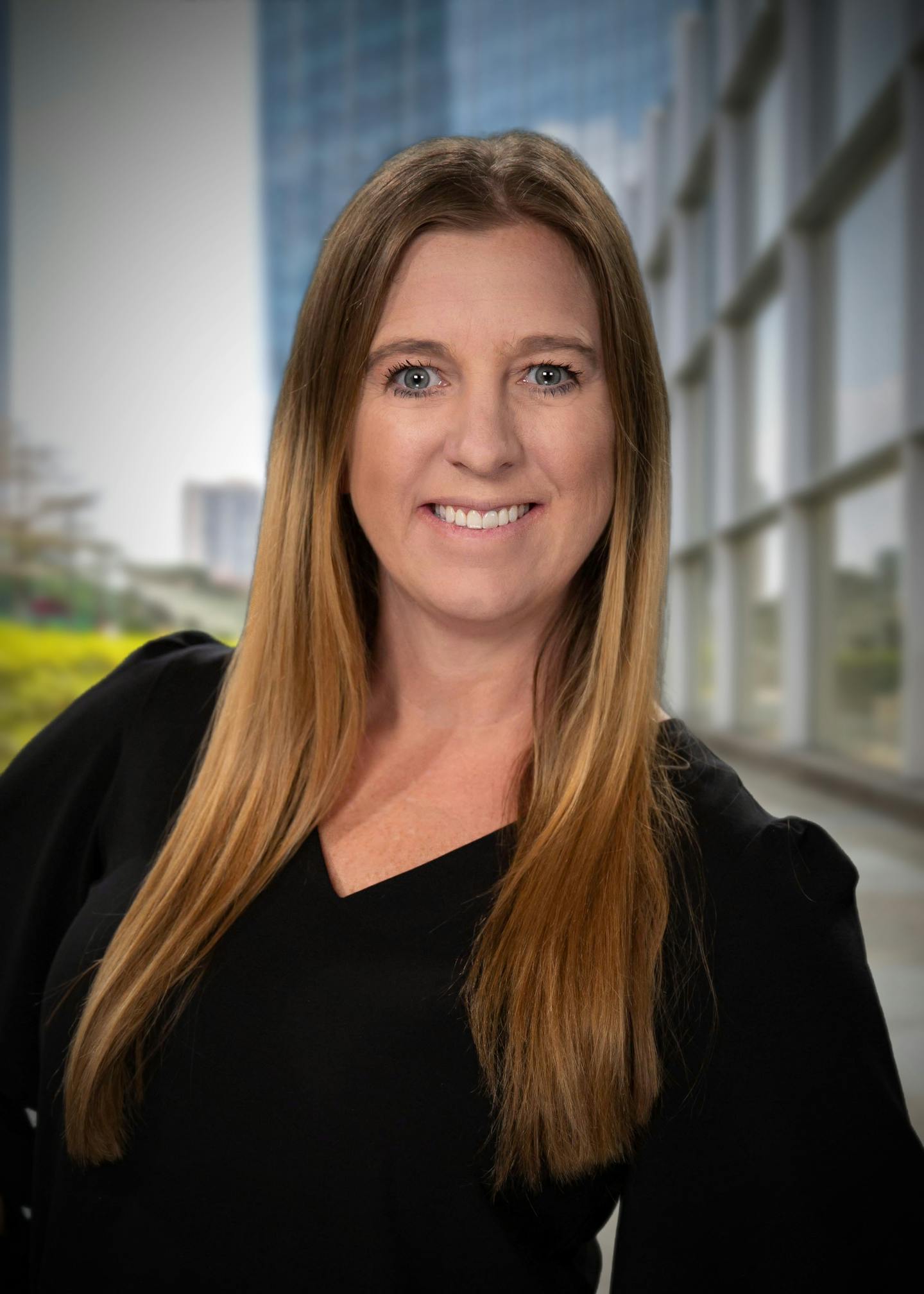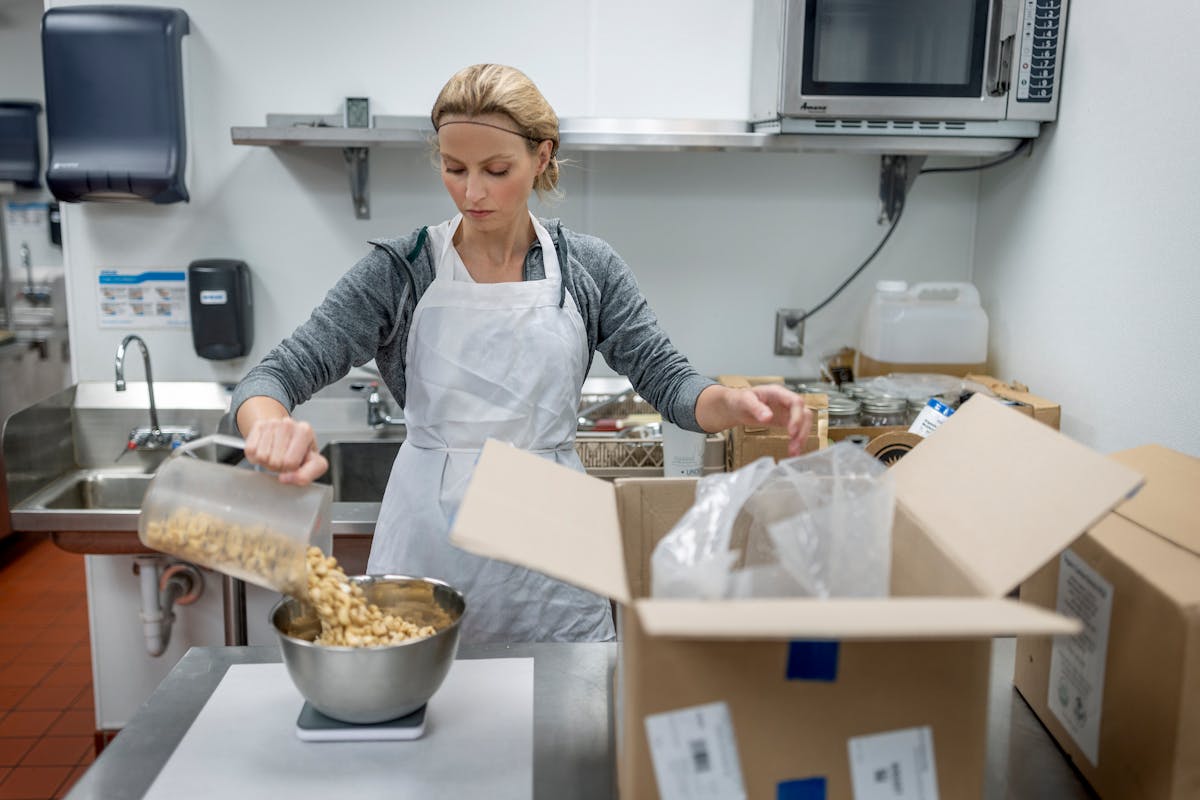In Minnesota, there are more cellphones than people.
According to Federal Communications Commission data, there were 5.8 million mobile wireless subscriptions in Minnesota in 2020. And Minnesota's population was about 5.7 million in the U.S. census that year.
Between 2016 and 2020, nearly 93% of households in Minnesota had some kind of computer device, including a smartphone, census data also show. Some research shows that the various touches people make on their phones each day add up to around three hours of use.
The value users receive from their phones, however, can depend on how much that person understands what's available, or possible, with that device.
We talked with cellular service, app developers and device management executives about how they gain the most value from own personal devices.
"Key features customers are looking for are great photos and cameras, more storage and upgrades after noticing the more they do on their phone, the more storage they need," said Amanda Seabaugh, an AT&T vice president who oversees mobility and consumer markets in Minnesota and nearby states.
Seabaugh applies a few tricks to her phone — some of them functions users tend to overlook.
Using a smartphone to manage emergency contacts is something most people should do. Enabled location settings allow emergency response teams to locate people via a phone's GPS signal.
For other health-related functions, users can download apps, or in some cases use pre-installed apps, to better manage their health, Seabaugh said. Those apps track heart rates and food intake, monitor progress of their workouts, track glucose intake and blood sugar levels.
Some app functions help couples track ovulation for those trying to get pregnant, Seabaugh added. For those tight on time, using teleconferencing with a physician for non-emergency appointments is helpful, she said.
For busy parents, using calendar applications to monitor and be reminded of their children's activities, instead of an erase board or notes on the fridge, is also helpful, said Seabaugh, who uses certain apps to see how her children are performing in school and if they're turning in their homework on time.
At work, Seabaugh uses Microsoft Outlook to manage her daily schedule and Apple Notes to manage daily tasks, a system much better than using a physical daily planner or calendar book, she said.
"More and more, a lot of things are going app-based to help people manage their time and be more efficient," she said.
To ensure a phone is capable of using these fast-moving apps, users should make sure the phone has enough storage and has optimal download speed, Seabaugh said.
Sean Higgins, the founder of St. Paul tech company BetterYou, said the goal for users is to learn how to unlock the potential benefits of their devices. Higgins' company developed an app that helps people find better uses of their time on their mobile phones. More than 100 organizations, including H & R Block and Minneapolis-based Allina Health, have used the app for their employees.
Through the app, users receive digital "nudges" to take an action that they want to do. Instead of spending 30 minutes watching videos on YouTube, that time can be spent calling a friend or family member, Higgins said.
Research conducted by BetterYou on its users showed about a quarter of them touch their phone for uses under 16 seconds, Higgins said. Of the three hours of time on a mobile phone each day, that means people were engaging with their phones for up to 300 different sessions per day.
"We're not getting the value of the apps on our phones," Higgins said.
While BetterYou is an app employers obtain for their employees, the purpose of the app can be applied to any user that wants to optimize the power of connecting with people in their network.
Instead of a notification from an app like BetterYou, people can rearrange their home screens to hide certain apps, or make it more difficult to get to the apps that don't provide value throughout any given day, Higgins said. This alters behavior to avoid accessing apps "unless I have a good reason to be there," Higgins said.
For many in the workforce, there's not much that can't be done using a smartphone. In addition to sending emails and fielding phone calls, people can create and share presentations, sign and send documents or contracts, conduct research, join virtual team meetings, do their accounting and manage social media channels.
However, most people with these responsibilities use two phones — one for work, and one for personal use — for security purposes.
Minneapolis software company Jamf, which helps companies manage their Apple devices, is deploying technology that will allow people to have a work profile and personal profile on the same phone, eliminating the hassle of constantly carrying two phones.
Because their is no physical SIM tray in the new iPhone 14, a phone can be enrolled in a company's network and be separated into two phone lines via eSim, or digital SIM card, installed by Jamf, allowing the user to switch between a work line and personal line, Jamf chief executive Dean Hager said.
With this function, called the Jamf BYOD (Bring Your Own Device) Solution, a person can simply swipe to switch from one profile to the other, or turn off one profile to shut off calls or emails to that account, Hager said.
The storage for each profile is also kept separate, with work files stored on the Apple ID managed by the company, and personal items backed up on the Apple ID owned by the phone's owner, Hager said.
As employers adjust to a more hybrid work function, a simplified one-phone system that the phone owner can set up on their own lessens the amount of work a company's IT department needs to do to set up devices, Hager said.







